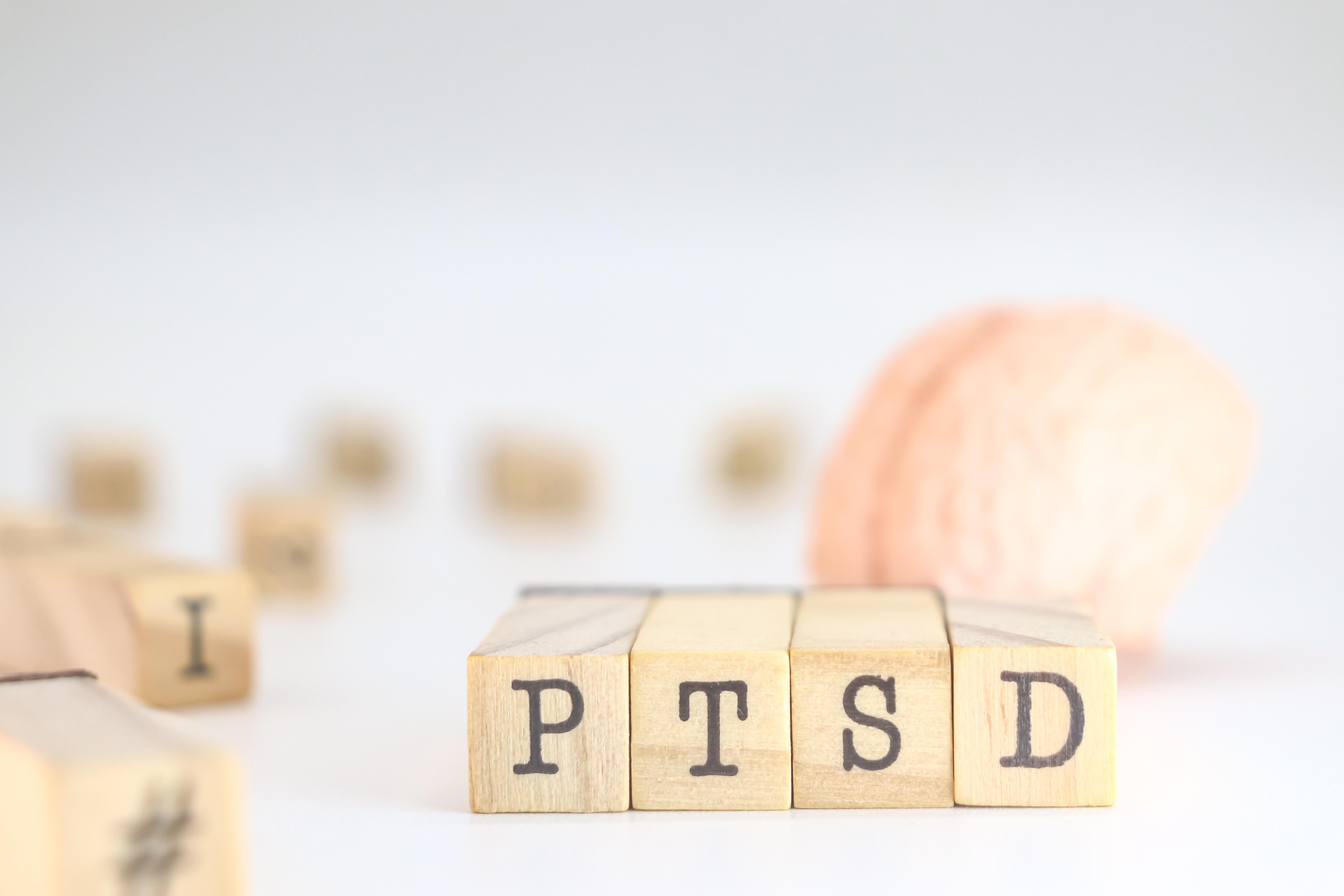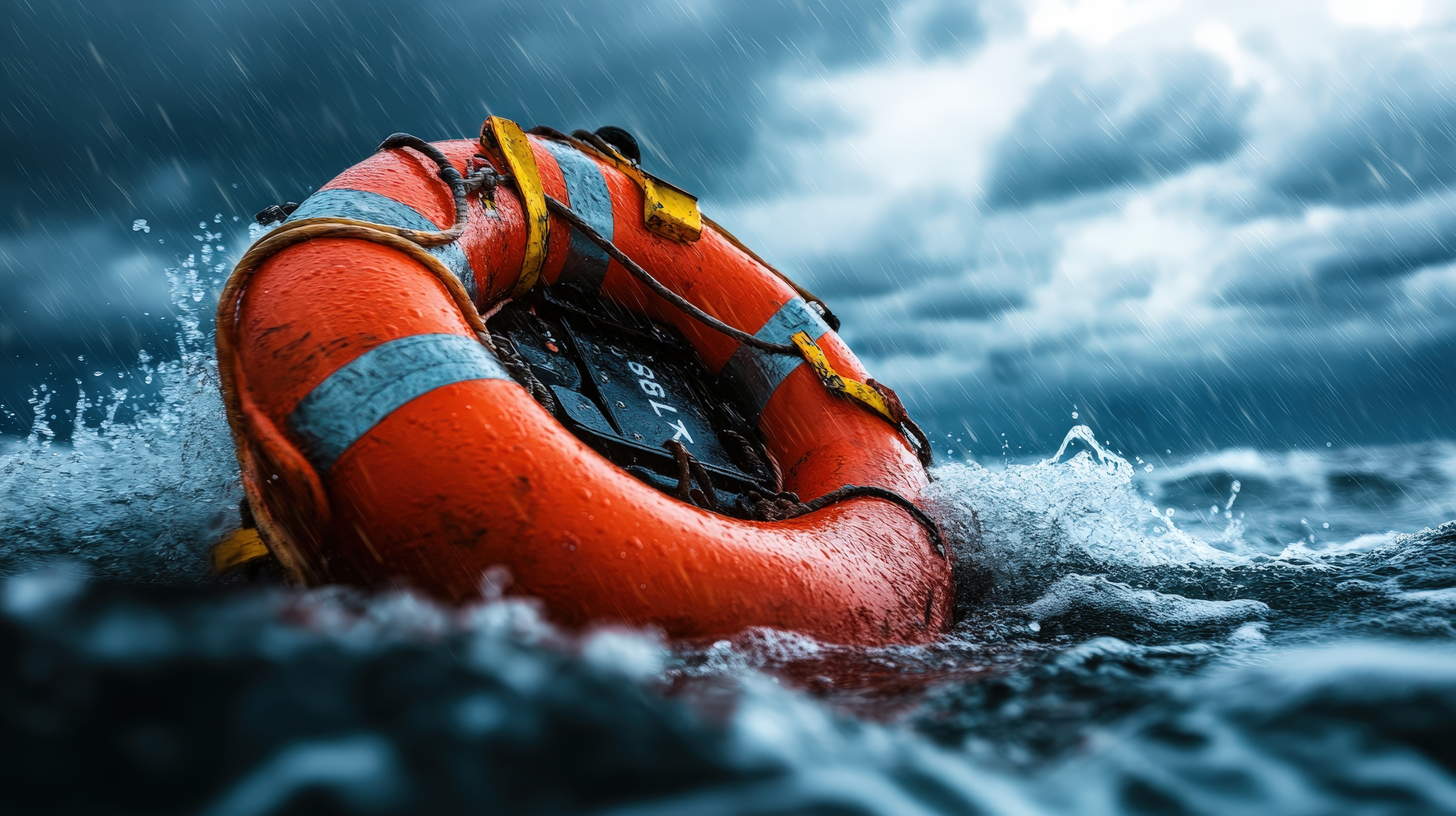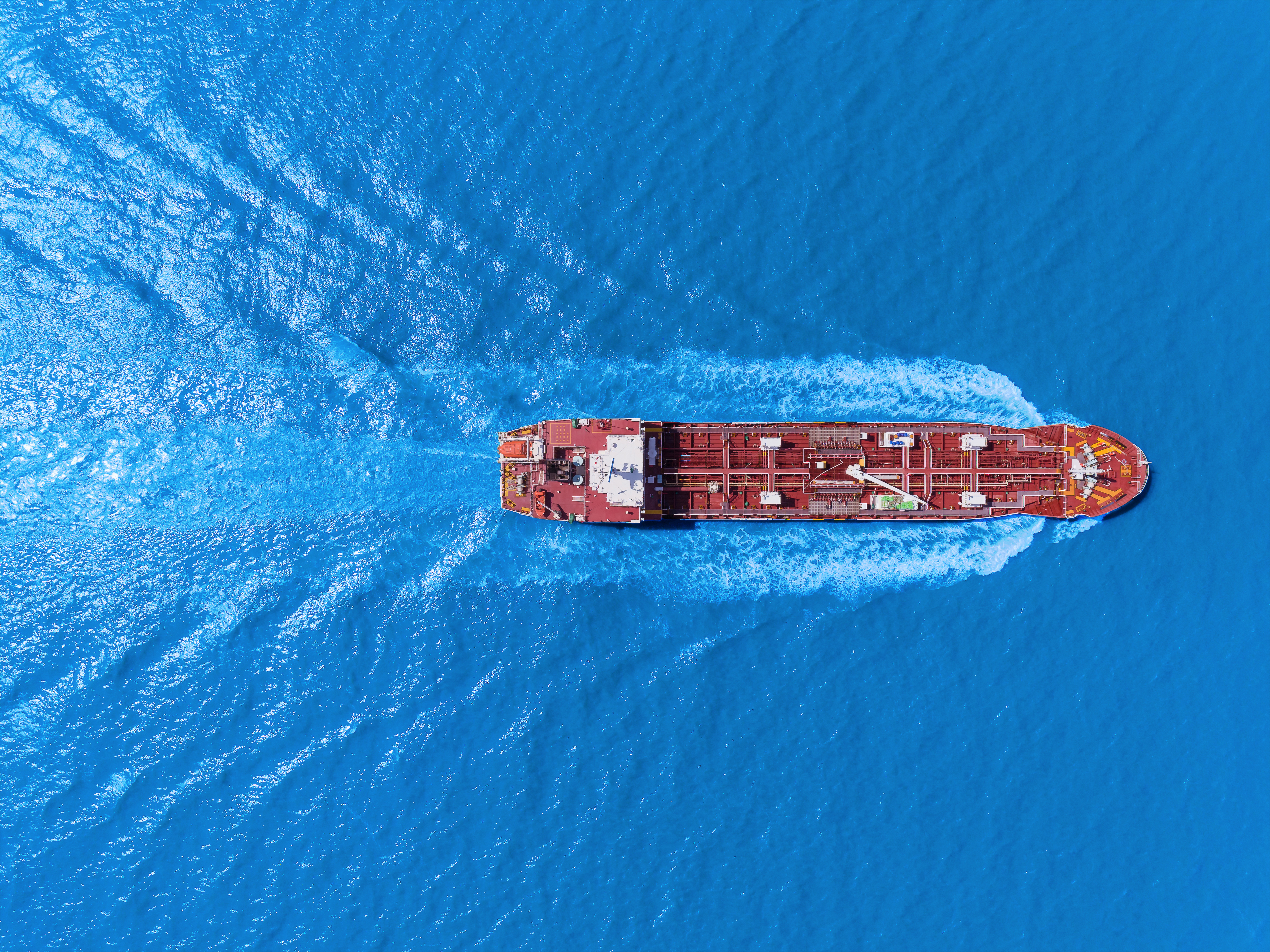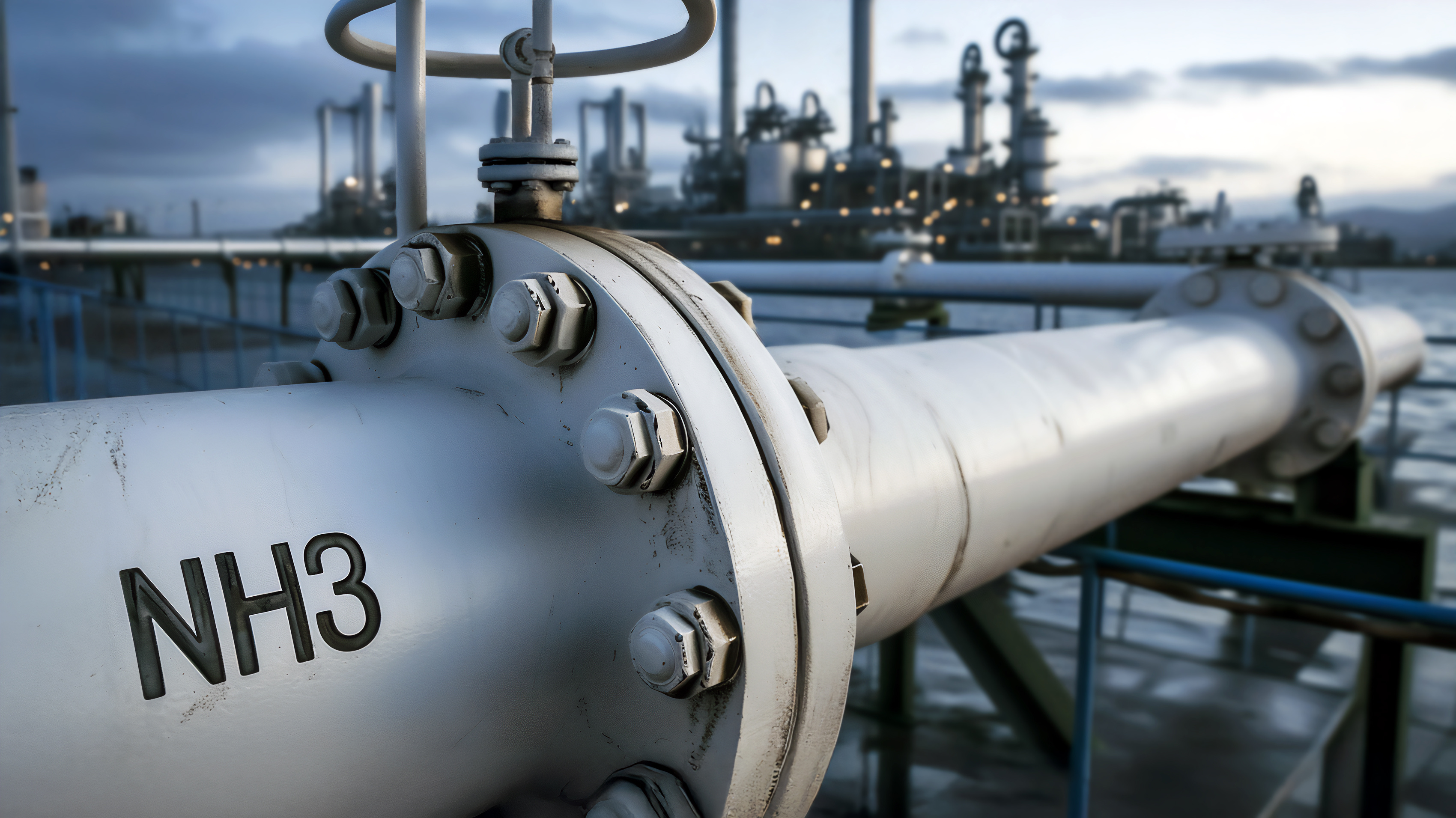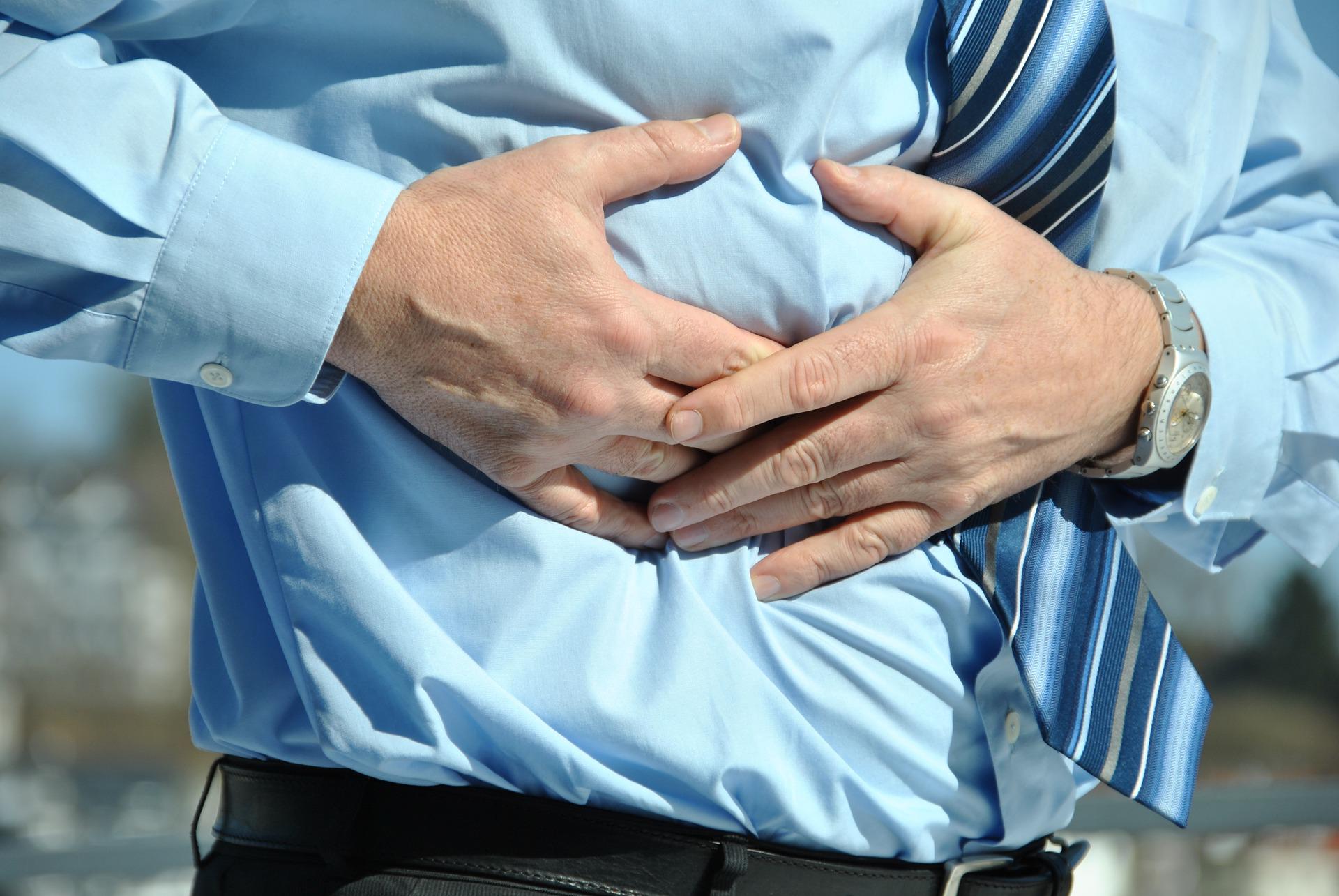
Introduction
The gallbladder is a small, pouch-like organ found underneath the liver. Its main purpose within the body is to store and concentrate bile. Bile is a liquid produced by the liver to help digest fats. Bile is passed from the liver into the gallbladder through a series of channels known as bile ducts.
The bile is stored in the gallbladder, and over time, it becomes more concentrated, which makes it better at digesting fats. The gallbladder releases bile into the digestive system when it's needed.
Gallstones are formed when substances, such as cholesterol, bile pigments and/or calcium salts, harden into a solid form. When gallbladder blockage or another obstruction persists, it can cause gallbladder inflammation called Cholecystitis. Although Cholecystitis is very treatable, if left untreated it can become severe.
This disease can develop rapidly in a matter of hours or reoccur over a longer period of time. Acute Cholecystitis starts suddenly and causes pain in the abdomen (which can last longer than 6 hours).
Symptoms
Signs and symptoms may include:
- Severe abdominal pain, especially at the top right-side or centre of the abdomen
- Pain that spreads to the back or right-hand shoulder blade
- Nausea that occurs at the same time as abdominal pain
- Abdominal pain that is linked to eating a fatty meal
- Jaundice (yellowing of the skin or eyes)
- Clay coloured stools or dark urine
Normally, the pain lasts for a period of 30 minutes but begins to subside after 1 hour. An attack of biliary colic usually lasts less than 6 hours.
Prevention
Good lifestyle choices can assist in reducing the risk of gallstones. In order to prevent gallstones, seafarers should understand the importance of avoiding crash diets or a very low intake of calories (i.e. less than 800 calories daily). It is important to seek out good sources of fibre - raw fruits and vegetables, cooked dried beans and peas, whole-grain cereals and bran - and avoid eating too much fat.
Recent studies [1] have shown that moderate consumption of olive oil (about 2 tablespoons a day) can lower the chances of developing gallstones. Researches found that the incidence of gallstones is relatively low among people who live in areas where olive oil consumption is high.
Further, studies suggest [2] that lecithin (a natural substance used as a thickener in ice cream, mayonnaise etc.) may help to prevent gallstones by keeping cholesterol from solidifying in the gallbladder.
Treatment
The treatment of gallbladder disease depends on the type of disease present. When it comes to treating gallstones, there are generally three options; a "watch and wait" approach if there are no symptoms, surgery to remove the gallbladder and the stones, or medication to break up the gallstones.
As mentioned previously, the most common manifestation of gallbladder disease is gallstones. However, most gallstones cause no symptoms and therefore do not warrant treatment. When they do cause pain though, surgery is generally warranted. Medications are rarely used to treat gallstones, although they are used to treat the pain of gallbladder disease.
Gallstone and gallbladder disease only require treatment if they cause symptoms (such as abdominal pain) or complications (such as jaundice or pancreatitis). In these cases, keyhole surgery to remove the gallbladder is recommended.
The prescribed treatment will depend on how the disorder is affecting the seafarer and if they are at risk for ongoing gallbladder disease and accompanying pain. Gallbladder removal is the most common treatment for gallstones that causes ongoing signs and symptoms, infections or other complications.
Alternatively, if the gallbladder removal surgery is deemed too risky, gallstones can be dissolved with drugs taken orally.


